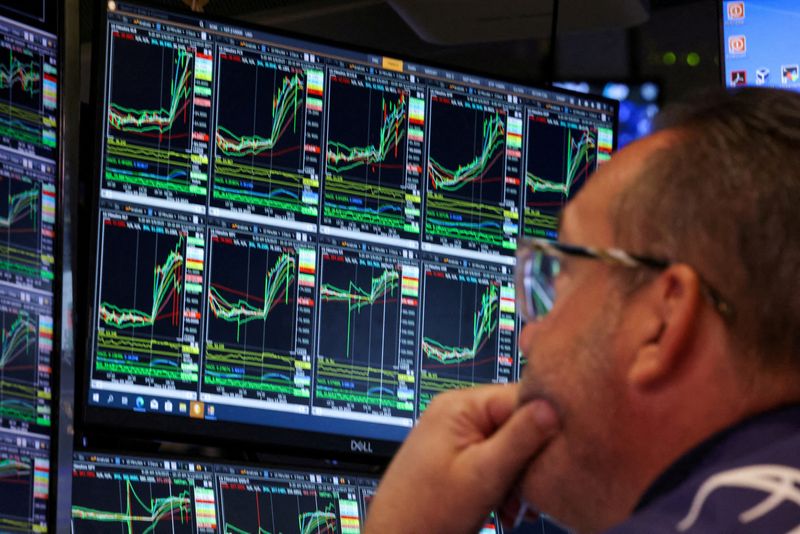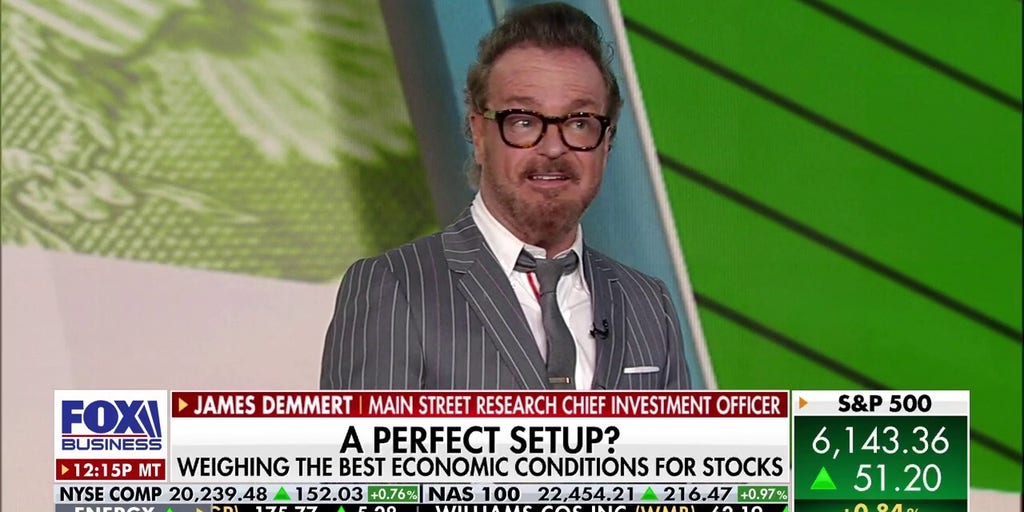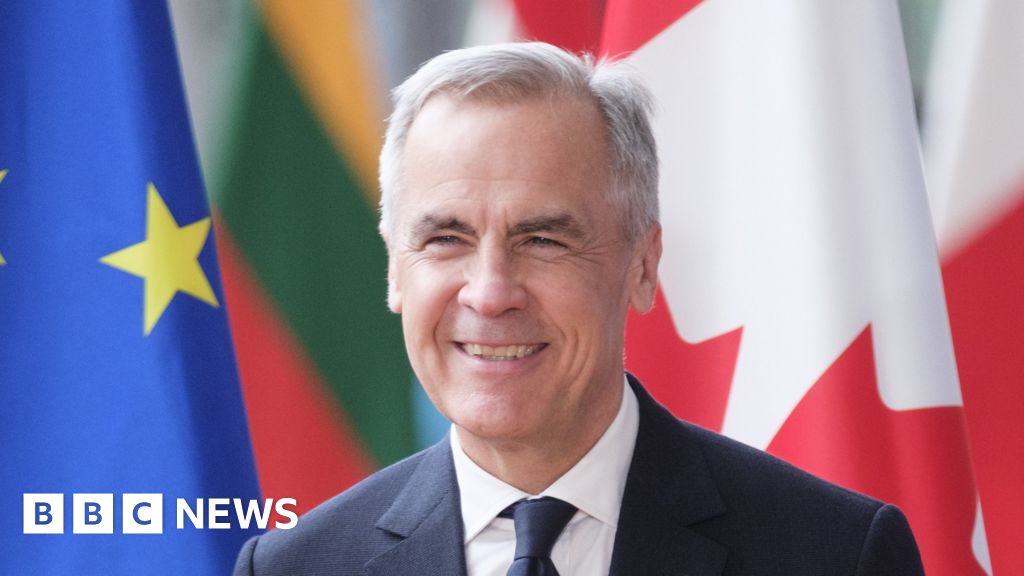
With the onset of the traditionally low-volume summer trading season, major investors are adopting a heightened level of caution. This strategy is driven by fears of potential market turbulence stemming from volatile oil prices, fragile geopolitical ceasefires, and uncertainty surrounding trade negotiations.
Memories of last August’s sharp market sell-off, triggered by global growth concerns and exacerbated by sparse market participation, remain fresh. In anticipation of similar conditions this year, investors are preparing for increased instability across asset classes, including equities, bonds, and currencies.
One of the main concerns is the precarious ceasefire between Israel and Iran. Any breakdown in that agreement could lead to a spike in geopolitical risk, potentially disrupting energy markets and investor sentiment. In tandem, oil prices have been fluctuating, adding to the market’s unpredictability.
Another looming issue is trade policy. Asset managers are closely monitoring the outcome of trade talks between the United States and economic heavyweights like China and the European Union. With a significant July 9 deadline approaching, the market remains uncertain whether agreements will be struck, or if fresh tariff measures could be introduced.
In light of these risks, portfolio managers report they are enhancing safeguards across investment holdings. This includes diversifying portfolios, increasing allocations to defensive assets, and employing various hedging strategies to cushion potential market shocks.
Overall, while summer typically sees subdued trading activity, the current mix of geopolitical tension and economic policy uncertainty suggests that markets could be anything but quiet in the weeks ahead.
Source: https:// – Courtesy of the original publisher.








